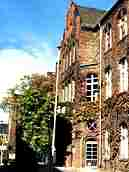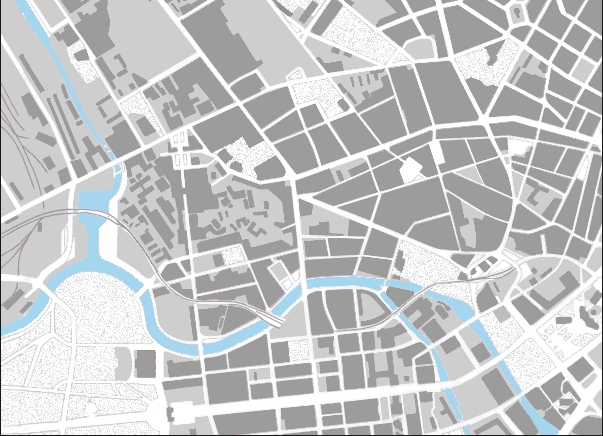
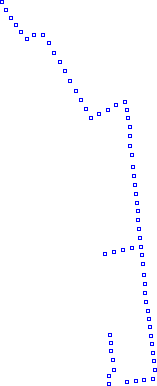

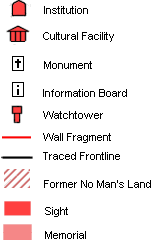
The area between the preliminary wall and the actual wall to the West, no mans land |
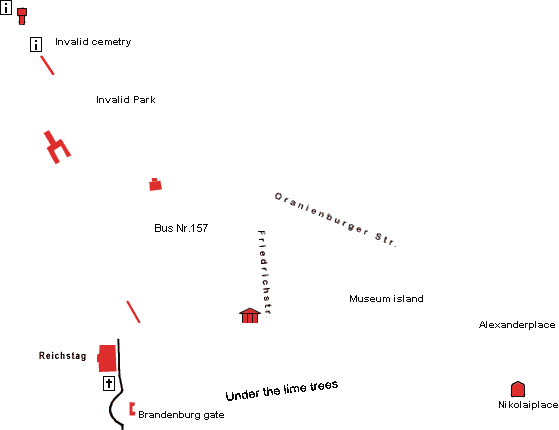
|
Print the route |
Memorial library in honour of the victims of the Stalin regime |
The memorial fence |
Watchtower in the Kieler street |
Invalid cemetry |
The parliament of trees |
"Tränenpalast" palace of tears |
Brandenburg gate |
Hamburger station - Contemporary museum |
Reichstag: |
Charité |
Please wait while loading... |
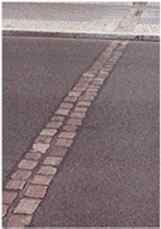 Meanwhile, the former location of the wall, can be followed for 20km thanks to a double course of granit slabs.
Meanwhile, the former location of the wall, can be followed for 20km thanks to a double course of granit slabs.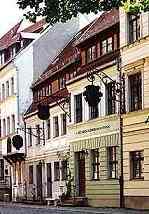 Special library for Fact- and " erzählender Literatur" about the causes and consequences of Soviet Communism comprising approx. 7000 Volumes aswell as sound- and videotapes of the frequently held library exhibitions.
Special library for Fact- and " erzählender Literatur" about the causes and consequences of Soviet Communism comprising approx. 7000 Volumes aswell as sound- and videotapes of the frequently held library exhibitions.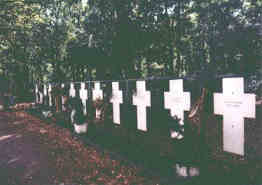 The memorial fence, with its 16 crosses, pays tribute to the victims of the wall, who lost their lives between 1961 and 1989 in an attempt to flee from East to West. These include among others: Axel Hannemann, Marienetta Jirkowski and Chris Goeffroy.
The memorial fence, with its 16 crosses, pays tribute to the victims of the wall, who lost their lives between 1961 and 1989 in an attempt to flee from East to West. These include among others: Axel Hannemann, Marienetta Jirkowski and Chris Goeffroy.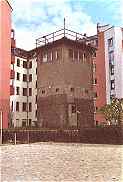
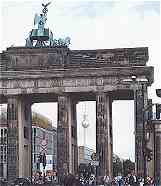 Today the Brandenburg gate is the main symbol for the recovery of the Town and country from their devision. It was built in 1771 by the architect Carl Gotthard Langhaus wo used the draft of the Acropolis.
Today the Brandenburg gate is the main symbol for the recovery of the Town and country from their devision. It was built in 1771 by the architect Carl Gotthard Langhaus wo used the draft of the Acropolis.